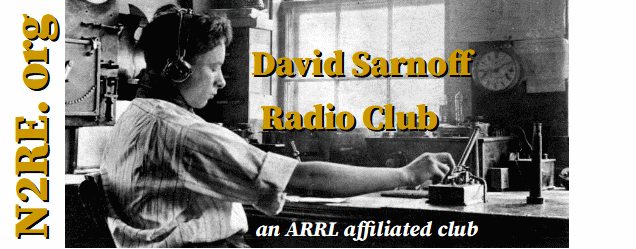- 2025 Holiday Party Photos
Fran, N2FXO took some photos at the 2025 Holiday party, at Flaming Grill buffet. Enjoy!
If you click on one of the small images, a somewhat larger version will appear.
- Experimenter’s Picnic 2025
A Sunday Afternoon in August… what’s better than a cookout with Ham Radio?
(Most photos by Cushla, KD2TCH, from https://www.facebook.com/David.Sarnoff.Radio.Club)
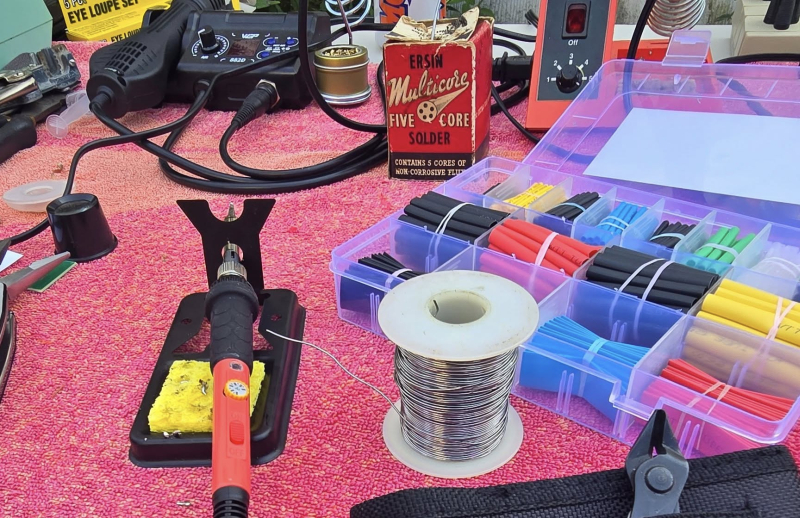
Ben AC2YD sets up solder staions to practice soldering! And That’s just the start….
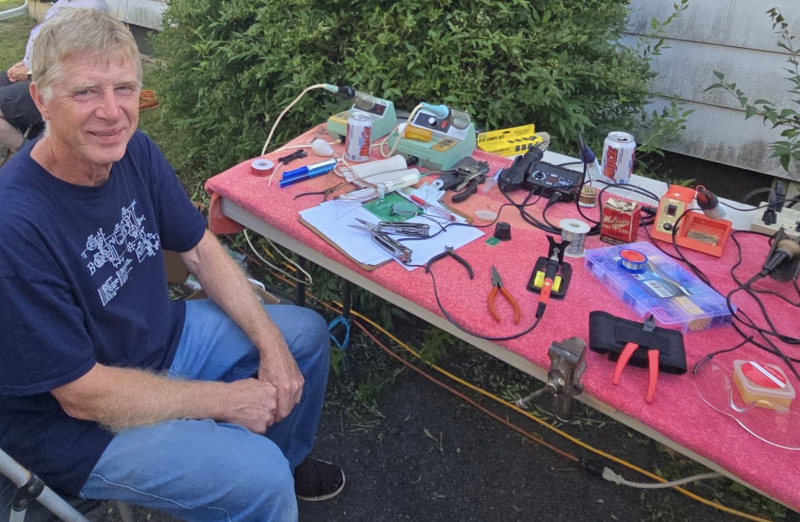
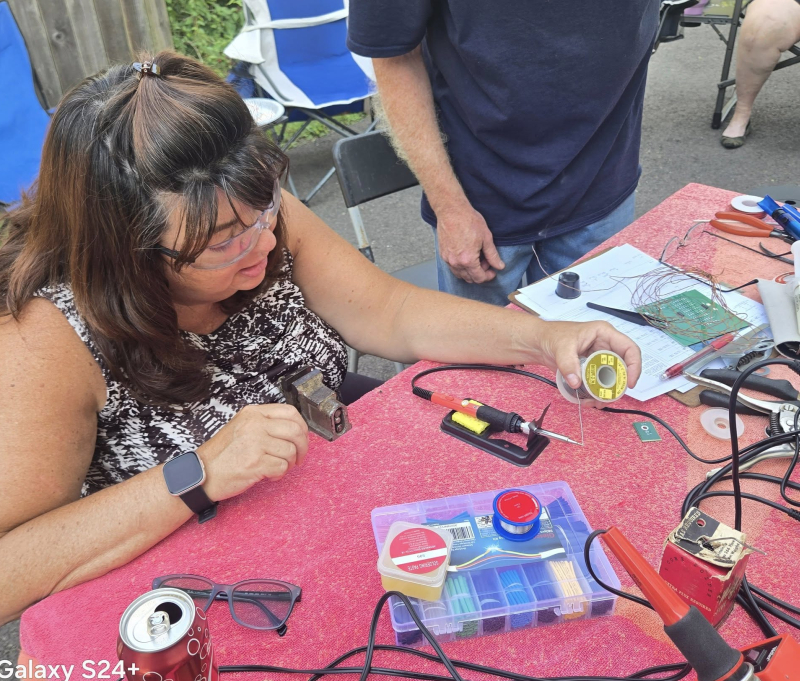
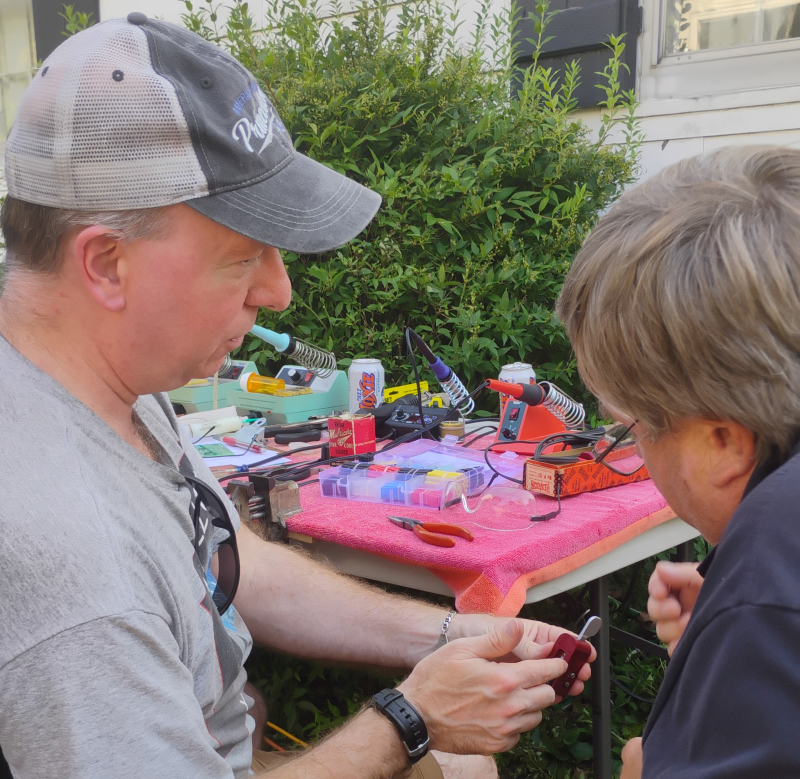
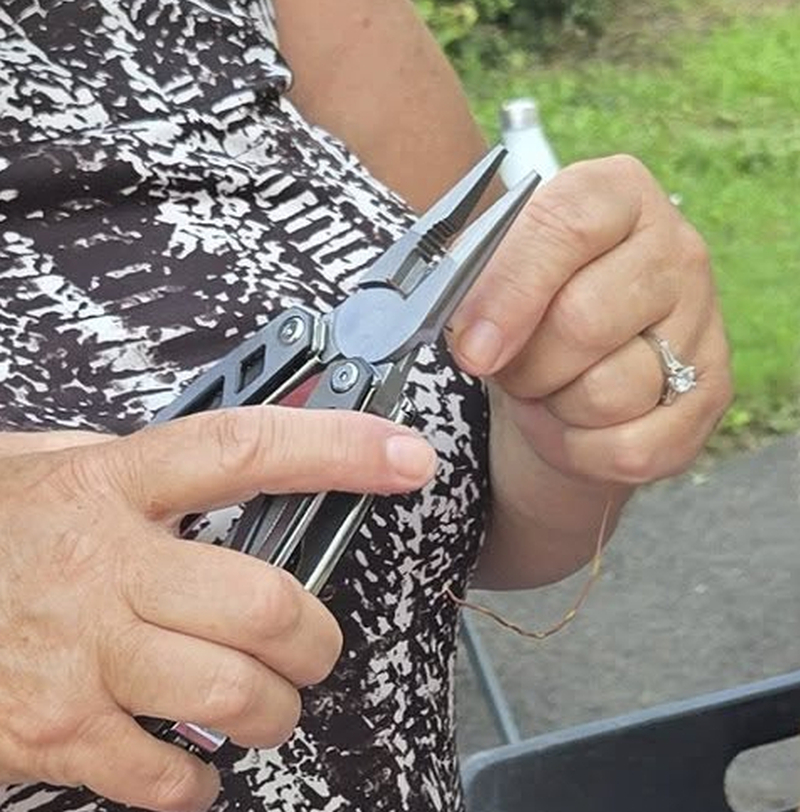
And YES we set up a station and made a couple of contacts… one 3 miles away, one in Slovenia.
SEE NEXT PAGE—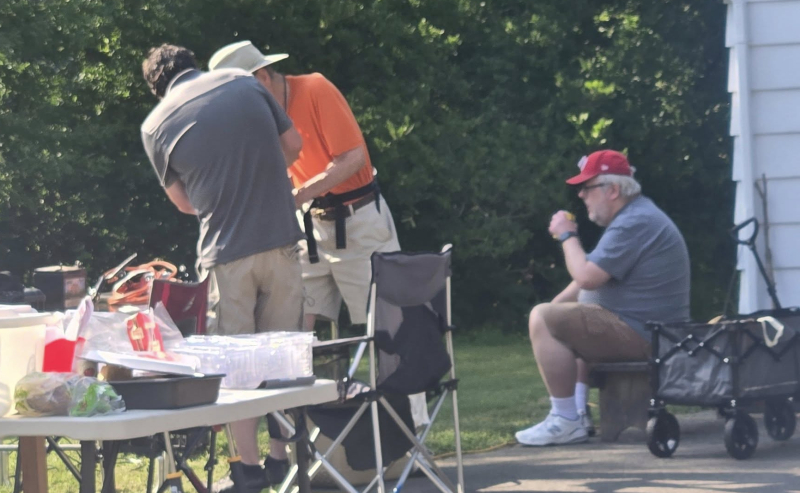
Anthony sets up a station… next to the food. 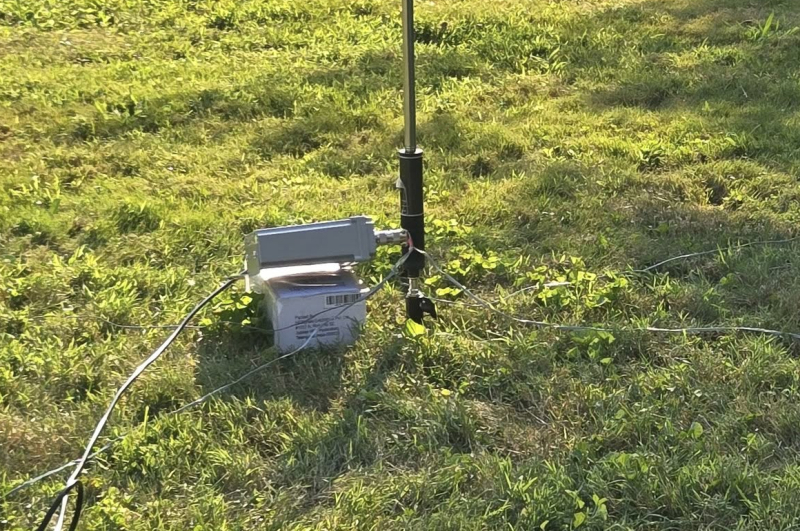
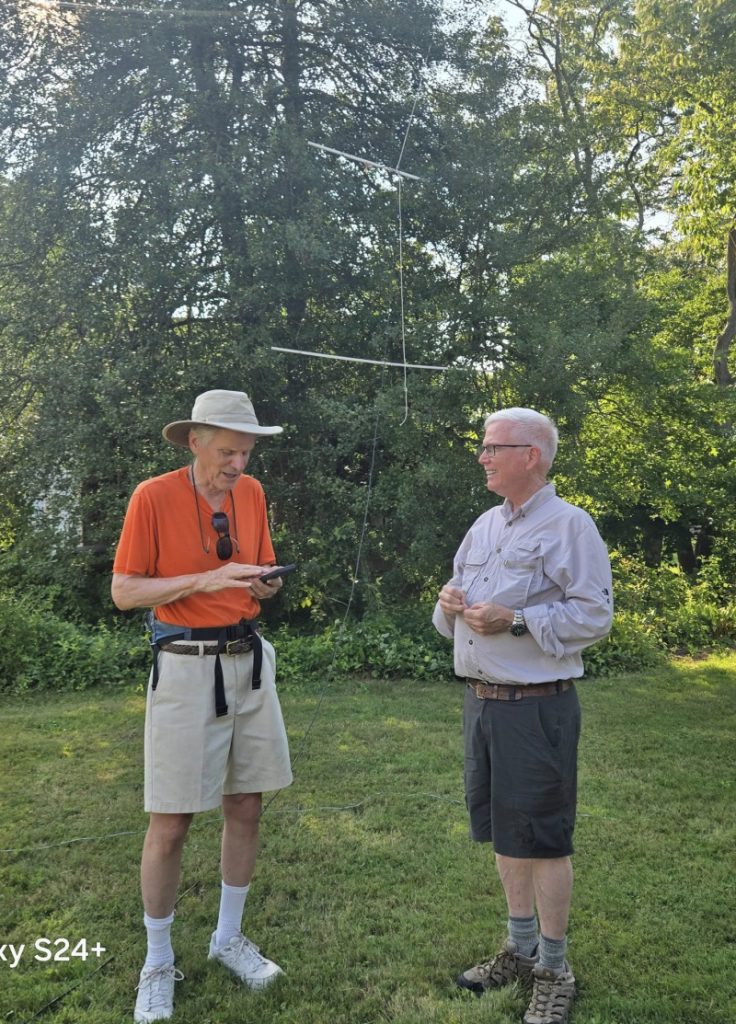
And we had to talk about it all… (Note “Rigel-6” in background.)
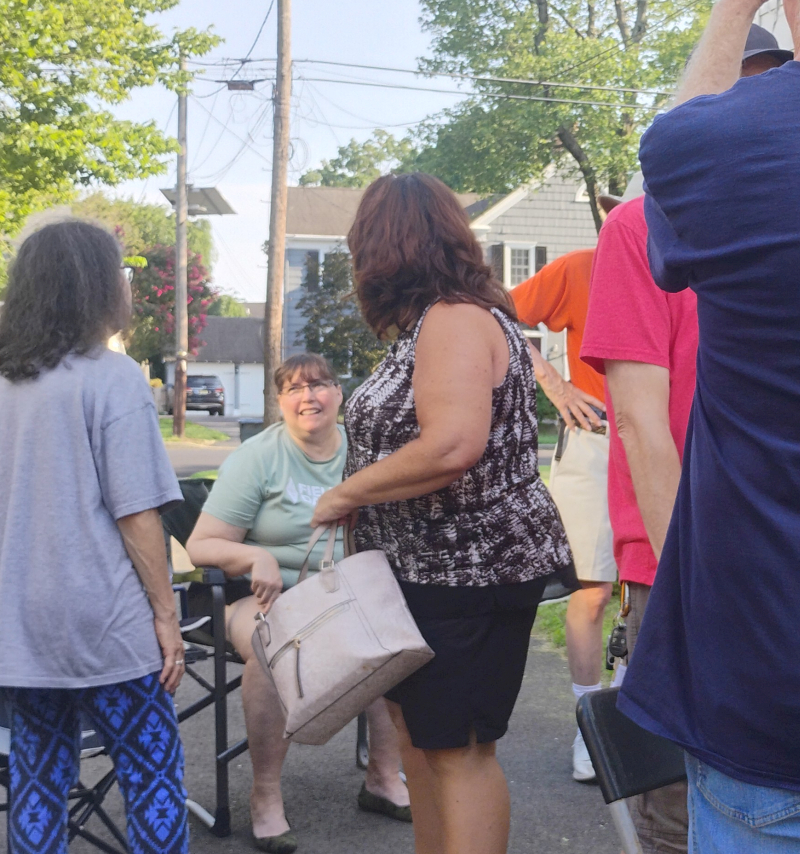
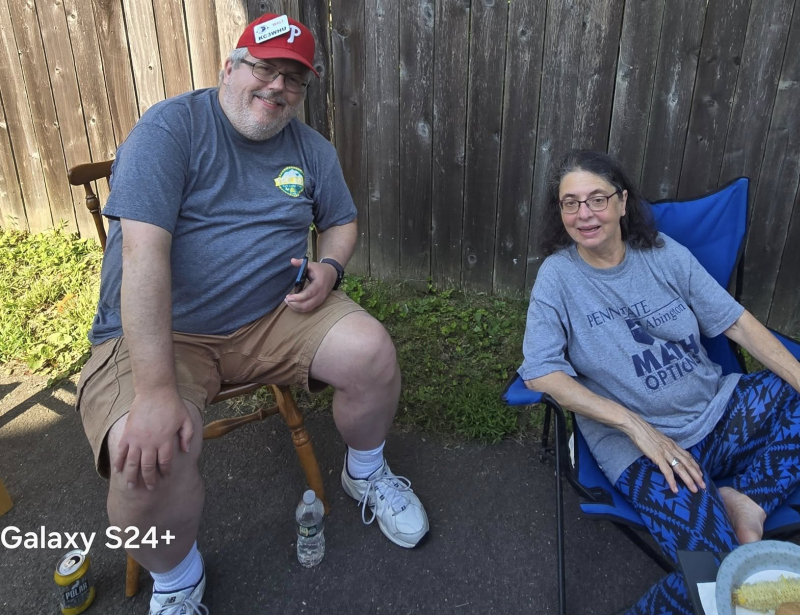
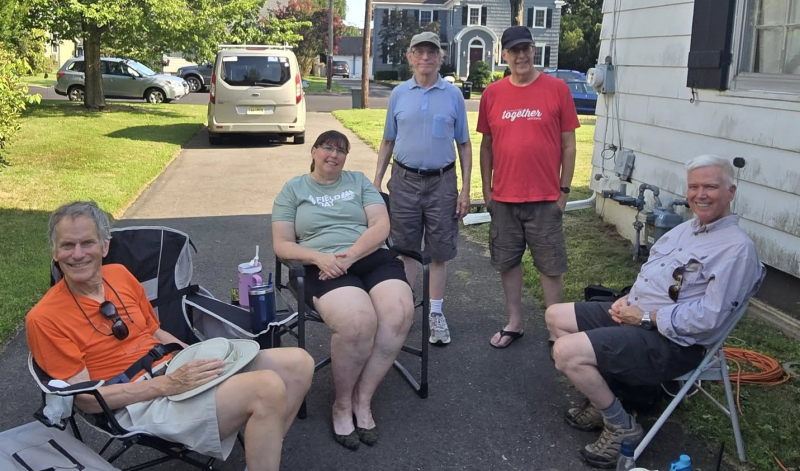
What’s a cookout without a Theramin? NEXT PAGE
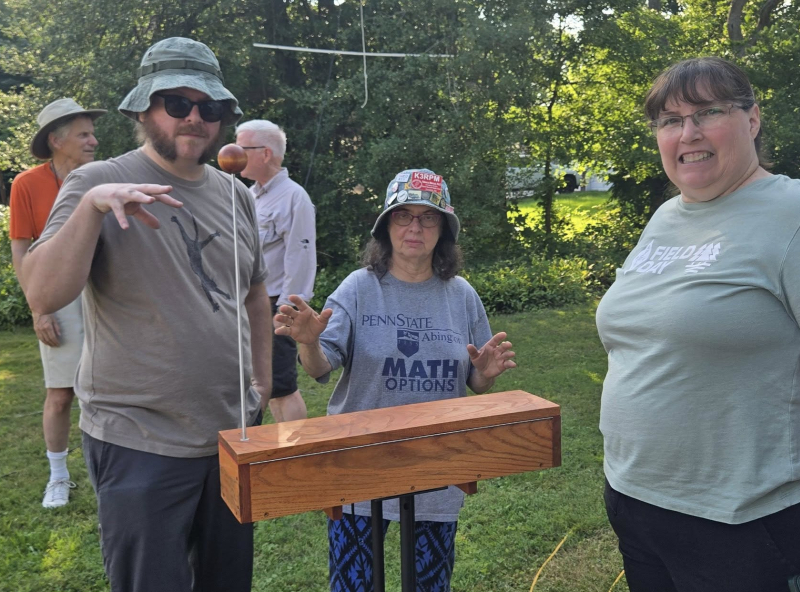
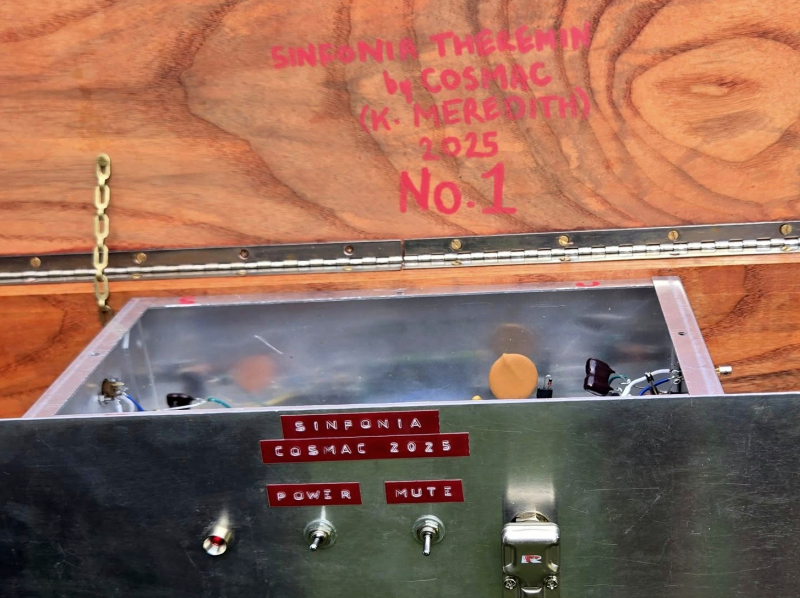
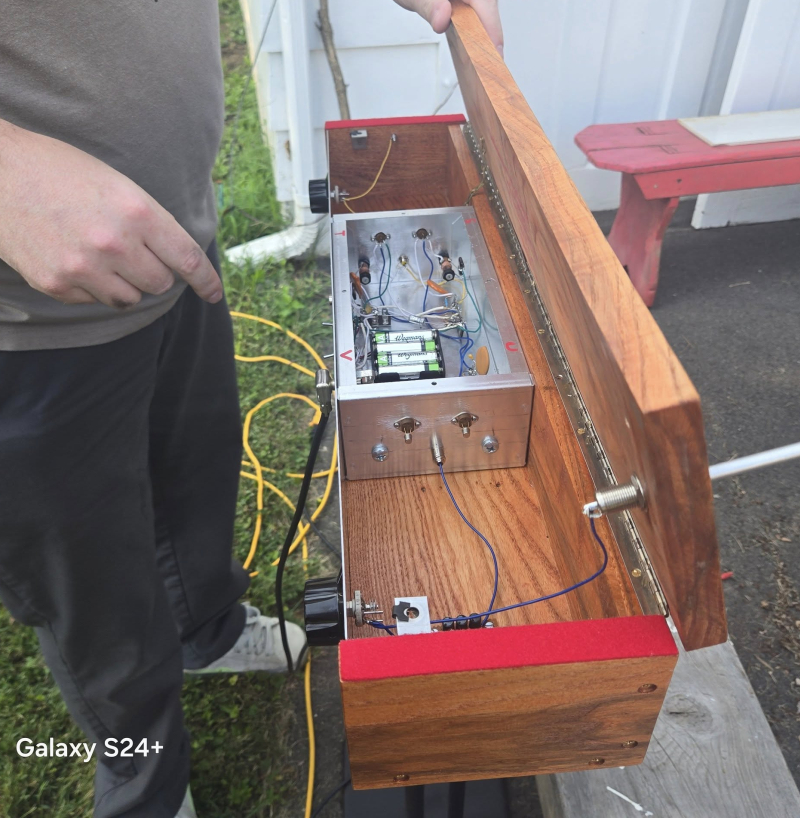
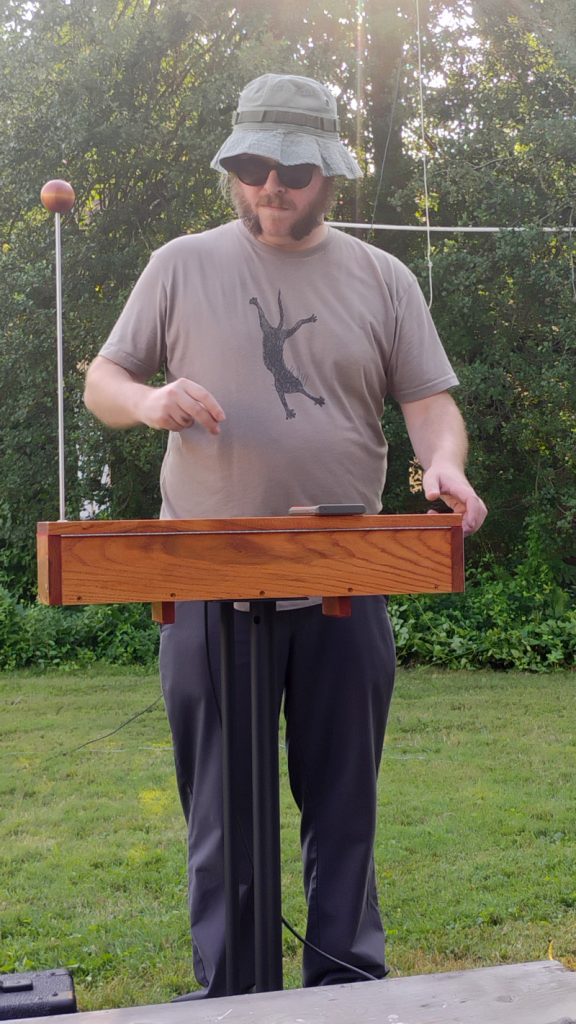
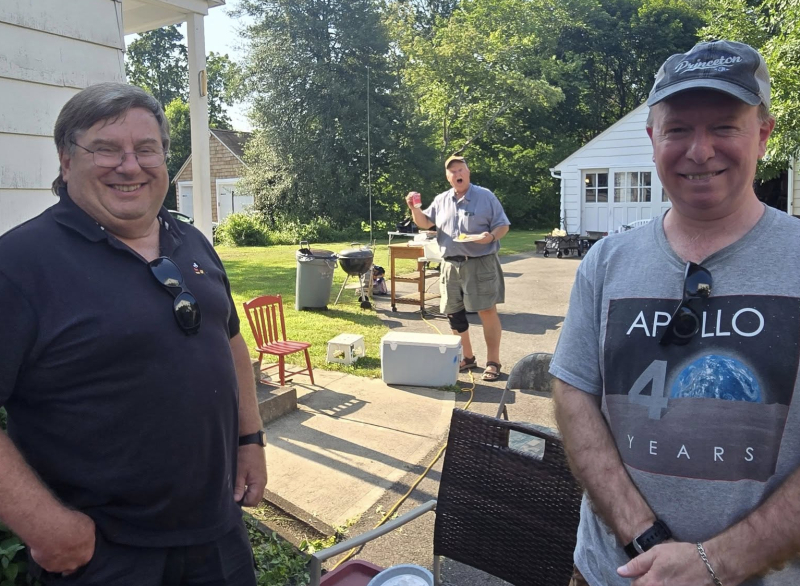
Hot Dogs, Hamburgers, VeggieBurgers, and soda!
- Field Day 2025 Wrap Up 2- Reporters and Tangles

Come on in! Dot, Dot, Dash… Our club caught the attention of two Franklin Reporter journalists… Here’s a link to their story. Note that the video may not show… but have no fear!
https://franklinreporter.com/ham-radio-enthusiasts-gather-in-township-for-field-day-activities/
The video is shared on Facebook (you don’t need an account) at https://www.facebook.com/franklinreporter/videos/1644675236193130/?t=0.
Tangles
Even after Friday night weed whacking, there was still work to do.

We are setting up! 
Half of setting up is untangling the antennas (G5RV shown) 
Sorting out the ground wires 
And setting up on the “grassy knoll” The effort was worth it!!
- Field Day 2025 Wrap Up 1

Safety officer Bob made wonderful signs for the entrance! The weather was better than last year… that is, we did not have an actual thunderstorm. The turnout was great with 30 participants, and the score was great!

Setting up 
Raising up several antennas with one rope…. on the tallest tree around. 
Our “Rigel-6” antenna did great on 6 Meters! Simple and not very directional Officials Come Visit!!

Bill Kelly, from the American Red Cross came to visit! 
SNJ Section Manager Ron Fish KX1W visits the GOTA station (which did wonderful things this year) 
Don’t forget dinner!! 
A good chance to take a break! Lasagna (veggie and meat), salads and meatballs! 
And Cushla the cook takes a break! 
Why go back on the air when there’s more food? 
Bob goes on the air… sitting in his historic church chairs! More to come…
- ARRL Field Day 2025 is coming!
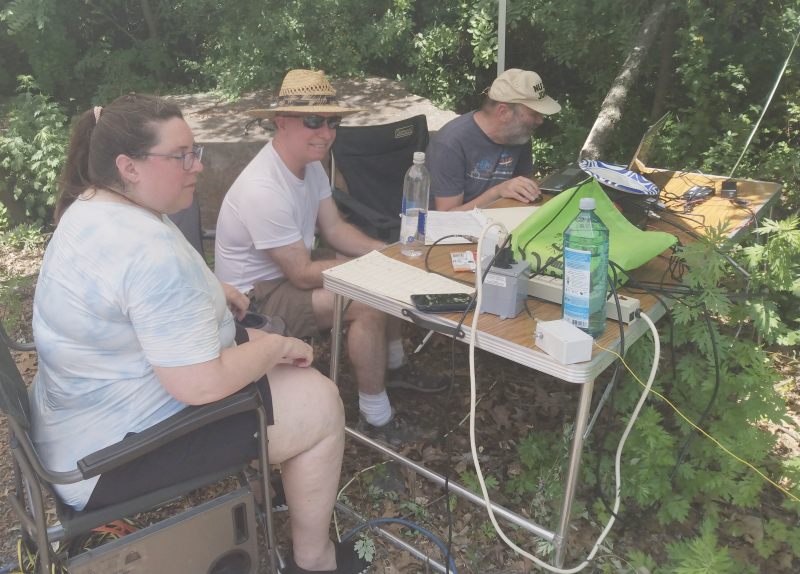
Join us on Field Day 2025! We have two pages of information (click on the page names to go there):
1) Field Day 2025 is the page for visitors and general information about ARRL Field Day and to contact us!
2) Field Day Prep is the page for members to find a site map and work that needs doing
Older Posts in the Archives:
- December 2025
- August 2025
- July 2025
- June 2025
- May 2025
- March 2025
- December 2024
- November 2024
- October 2024
- August 2024
- June 2024
- May 2024
- April 2024
- March 2024
- February 2024
- January 2024
- December 2023
- November 2023
- September 2023
- June 2023
- May 2023
- April 2023
- February 2023
- January 2023
- December 2022
- November 2022
- October 2022
- August 2022
- July 2022
- June 2022
- May 2022
- April 2022
- March 2022
- February 2022
- January 2022
- December 2021
- November 2021
- October 2021
- September 2021
- June 2021
- May 2021
- April 2021
- March 2021
- February 2021
- January 2021
- December 2020
- November 2020
| S | M | T | W | T | F | S |
|---|---|---|---|---|---|---|
| 1 | 2 | 3 | 4 | 5 | 6 | |
| 7 | 8 | 9 | 10 | 11 | 12 | 13 |
| 14 | 15 | 16 | 17 | 18 | 19 | 20 |
| 21 | 22 | 23 | 24 | 25 | 26 | 27 |
| 28 | 29 | 30 | 31 | |||
